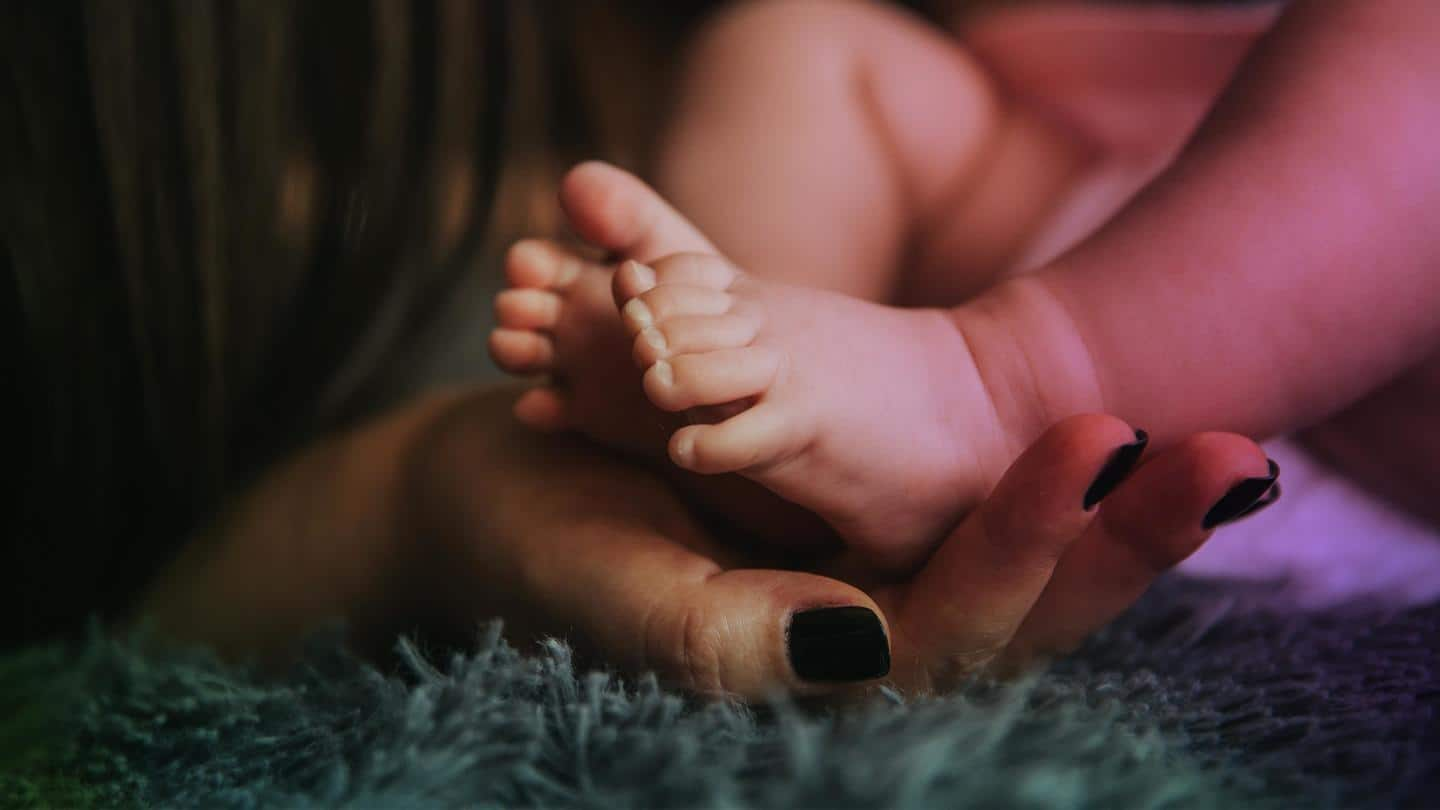
Here are some effective tips to baby-proof your home
What's the story
Besides running after their crawling bundle of joy, new parents must make their homes child-friendly to tackle and keep the little one safe. To prevent injuries and offer a safe zone for children to explore, many parents resort to baby-proofing their homes now. Here are five ways to baby-proof your home, so you can be sure that your baby is out of harm's way.
Context
Here's what our expert says
Baby-proofing is an important step towards making your home safer for your increasingly inquisitive toddler. While early planning for baby-proofing can start a couple of months before the due date, a thorough second review is necessary when the baby begins to crawl at around 6 to 10 months. Another upgrade will be necessary once the child starts to stand and walk.
Bathroom
Bathrooms must be locked at all times
Bathrooms are the most common area where injuries can take place since you stock all your cleaning supplies and harmful disinfectants here. Babies and toddlers are usually curious during their growing years and end up opening bathroom cabinets. The hand sanitizer, disinfecting wipes, soaps, etc. seem attractive to them and can be highly dangerous if ingested. Remember to keep bathroom doors locked.
Safety baby gates
Set up indoor safety gates
If you want to protect your child from any potential hazards, update safety measures in and around the house. When kids learn to crawl or walk, it's difficult to manage them. Install indoor baby gates at the entry and exit point of a stairway, and other hazardous areas like the kitchen, fireplace (if any), and bathroom to prevent them from venturing into those areas.
Electrical outlets
Cover the electrical outlets
It's important to cover the electrical outlets before your curious little ones put their fingers into the holes and hurt themselves. Getting outlet covers and plates can prevent the risk of electrocution or electric shocks. You can also replace the standard switch plates with the ones that automatically slide to cover up the outlets when they are not used. This will ensure better protection.
Furniture tip-overs
Use anchors to prevent appliance and furniture tip-overs
As your baby learns to crawl and stand, they may climb onto or pull themselves up on appliances or furniture like shelves, television stands, bookcases, drawers, etc. Any accidental furniture or appliance tip-over can severely injure your kid. You can anchor the furniture to the wall or floor or secure them with furniture tethers. Use edge guards to pad any sharp furniture corners.
Sleeping space
Ensure that their sleeping space is safe
Your baby should sleep in a safe place. Make sure that the bassinet or crib is sturdy and flat. Remove any toys, blankets, pillows, or bumpers from the sleeping area to prevent suffocation hazards. Also, adjust the crib height as your baby ages. When your baby starts sitting up unassisted, you need to lower their crib to the middle setting.